The Renault Clio is celebrating its 30th anniversary in 2020. Since it was unveiled in 1990, more than 15 million examples have sold worldwide, making it the best-selling French car of all time. Here, we celebrate 25 of the most radical Renault ever built, including the bonkers Clio V6. There might be some truth in the rumour that many of these just happen to be favourites of the author…
Renault Sport Clio V6
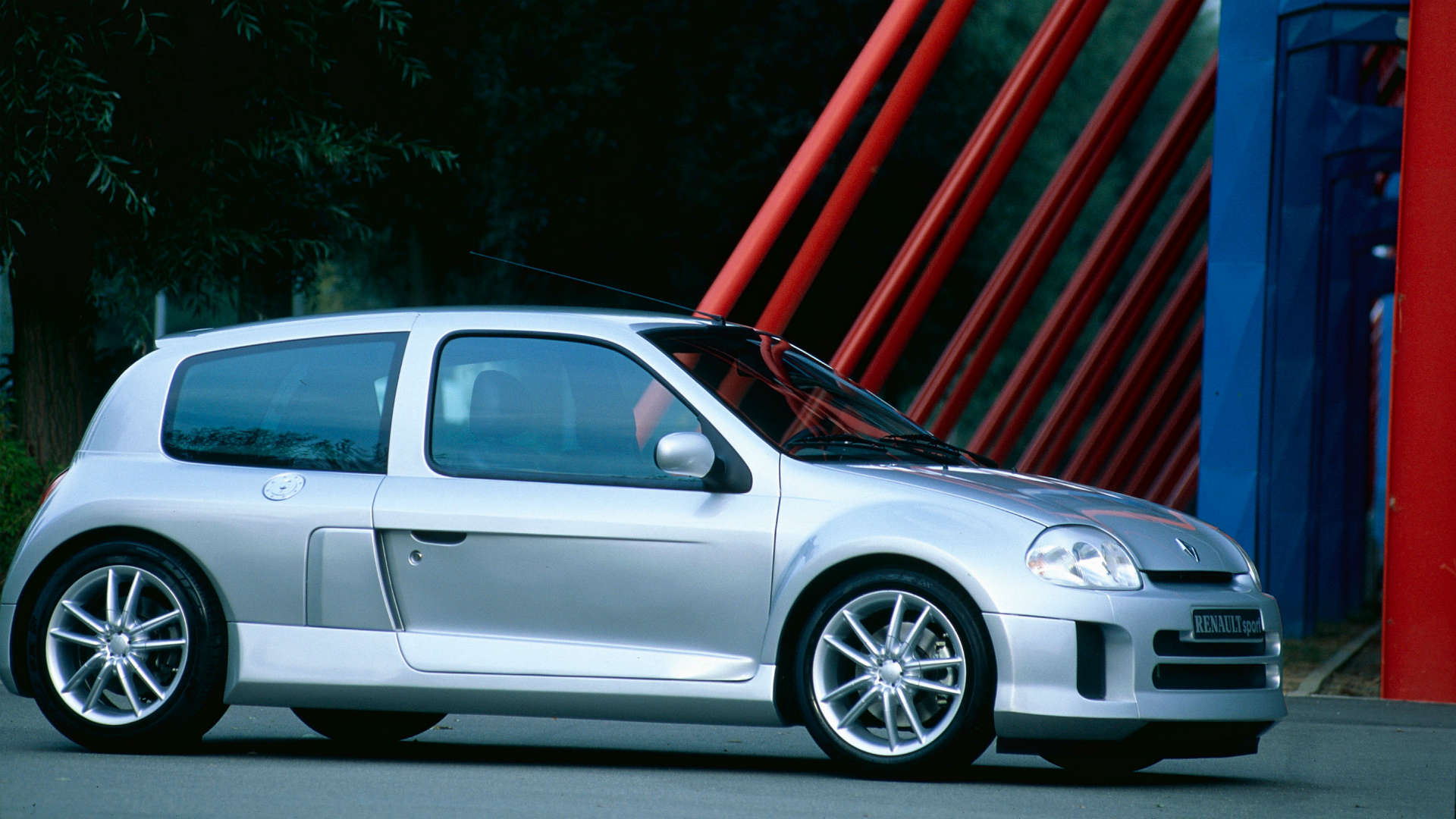
Even by Renault’s standards, shoehorning a Laguna-sourced V6 engine into a Renault Clio is a crazy idea. In truth, the Renault Clio V6 answered a question nobody asked, but it created what was essentially a supercar in a supermini suit. Not that it looked like a regular Clio, with its wide arches, 17-inch rims and twin exhausts. Early cars were unruly, but phase two cars are easier to tame.
Renault Voiturette Type A
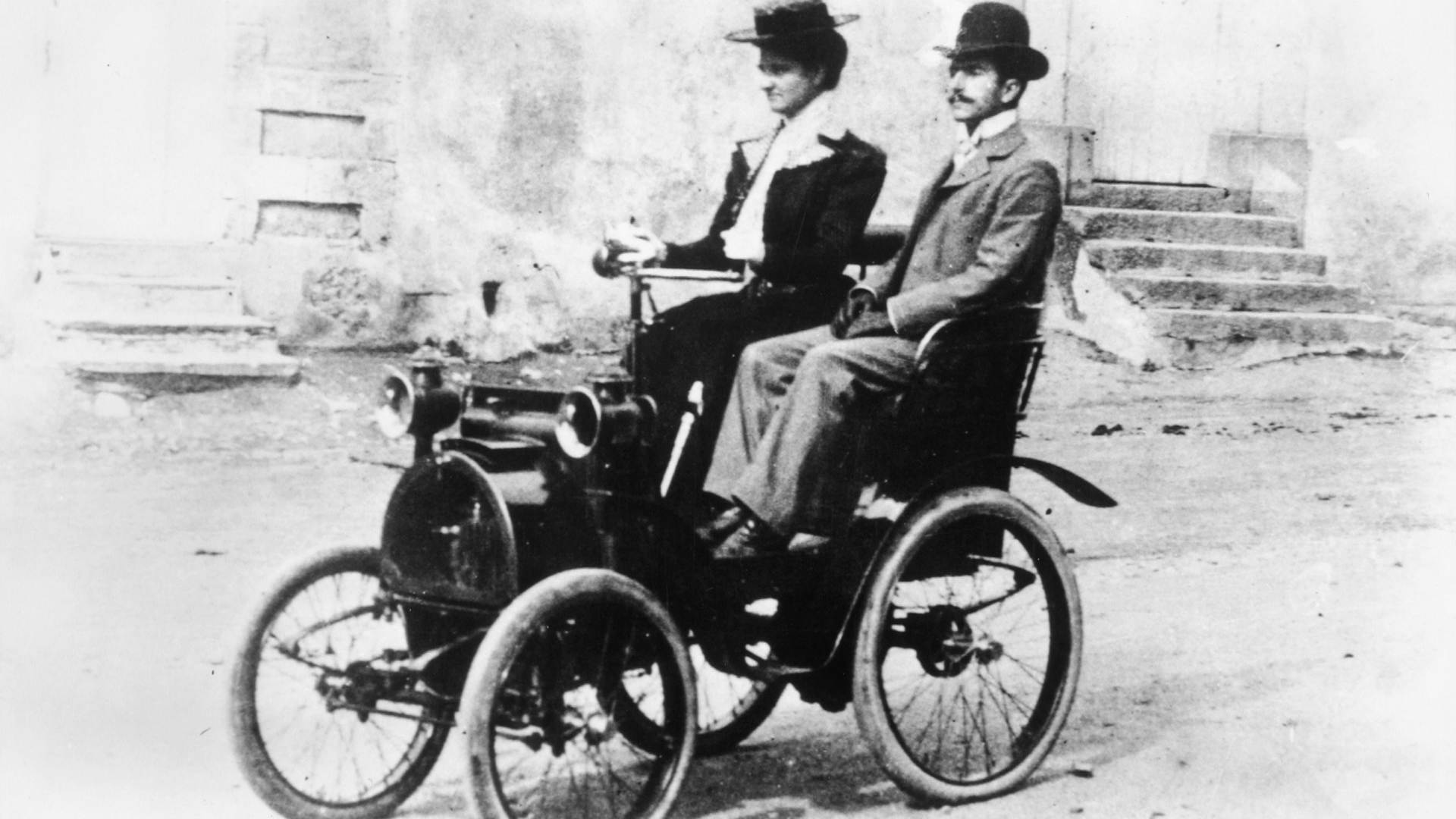
This is where it all began. In 1897, Louis Renault established a small workshop at this family home to build a small car for his own personal use. The Voiturette was finished by Christmas 1898, so Renault invited a few friends over to see how it would tackle the steep Rue Lepic in Paris. It featured a front-mounted engine and a direct-drive gearbox patented by Louis Renault. Having received 12 orders – not to mention a few down-payments – Renault pressed ahead with a production version. It was unveiled to the public in June 1899, and the rest, as they say, is history.
Renault Espace
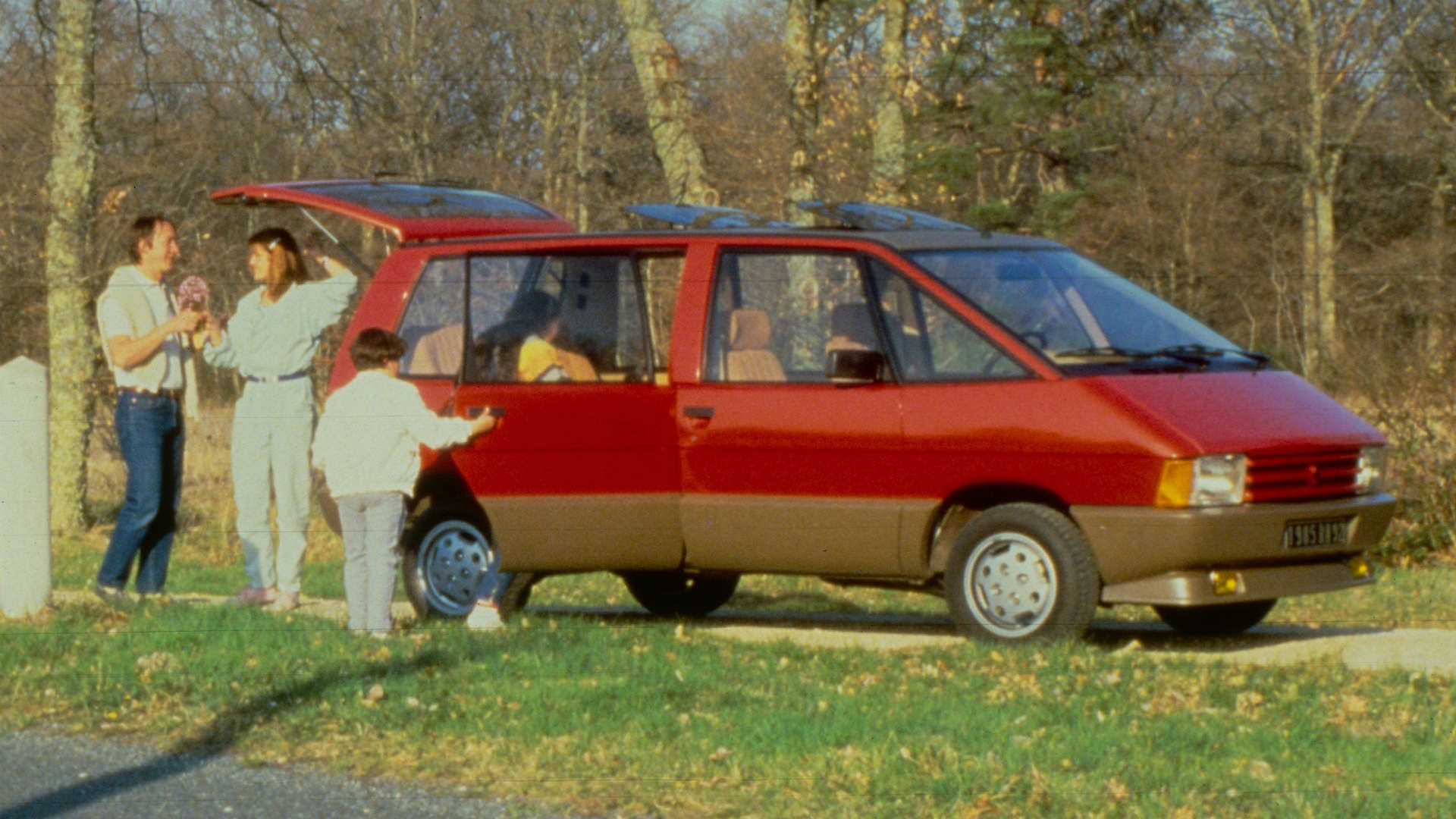
In 1982, having been shunned by Peugeot, Matra jumped into bed with Renault and engaged in some French kissing. Two years later, Renault gave birth to the Espace: a one-box MPV styled to look like a French TGV train. Was the world ready for a car with a living room in the rear? In short, no. Renault sold NINE vehicles in the first month, as the buying public failed to embrace the innovative Espace. The hesitancy soon gave way to hysteria, as European families grew to love the flexibility of the MPV.
Renault Espace F1
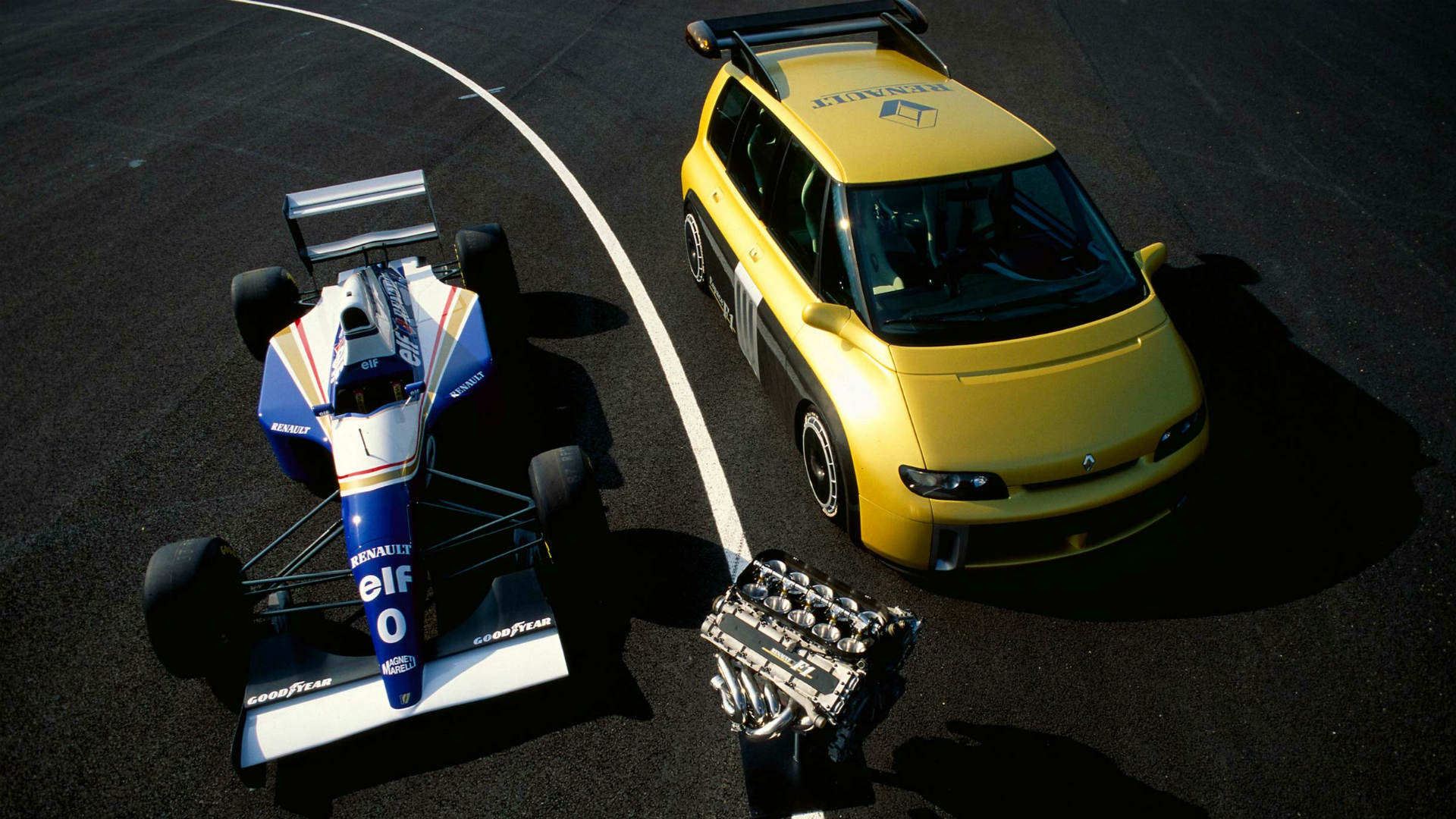
How do you celebrate 10 years of a popular MPV? Go on a picnic? Visit a theme park? Make a few more babies? Not if you’re Renault. Instead, Matra teamed up with Williams to create the Espace F1, which used a lightweight carbon fibre chassis and a mid-mounted 3.5-litre V10 engine producing 800hp. This thing could hit 62mph in 2.8 seconds and reach a top speed of 194mph quicker than you could say “Mummy, I think I’m going to be sick.”
Renault Twizy
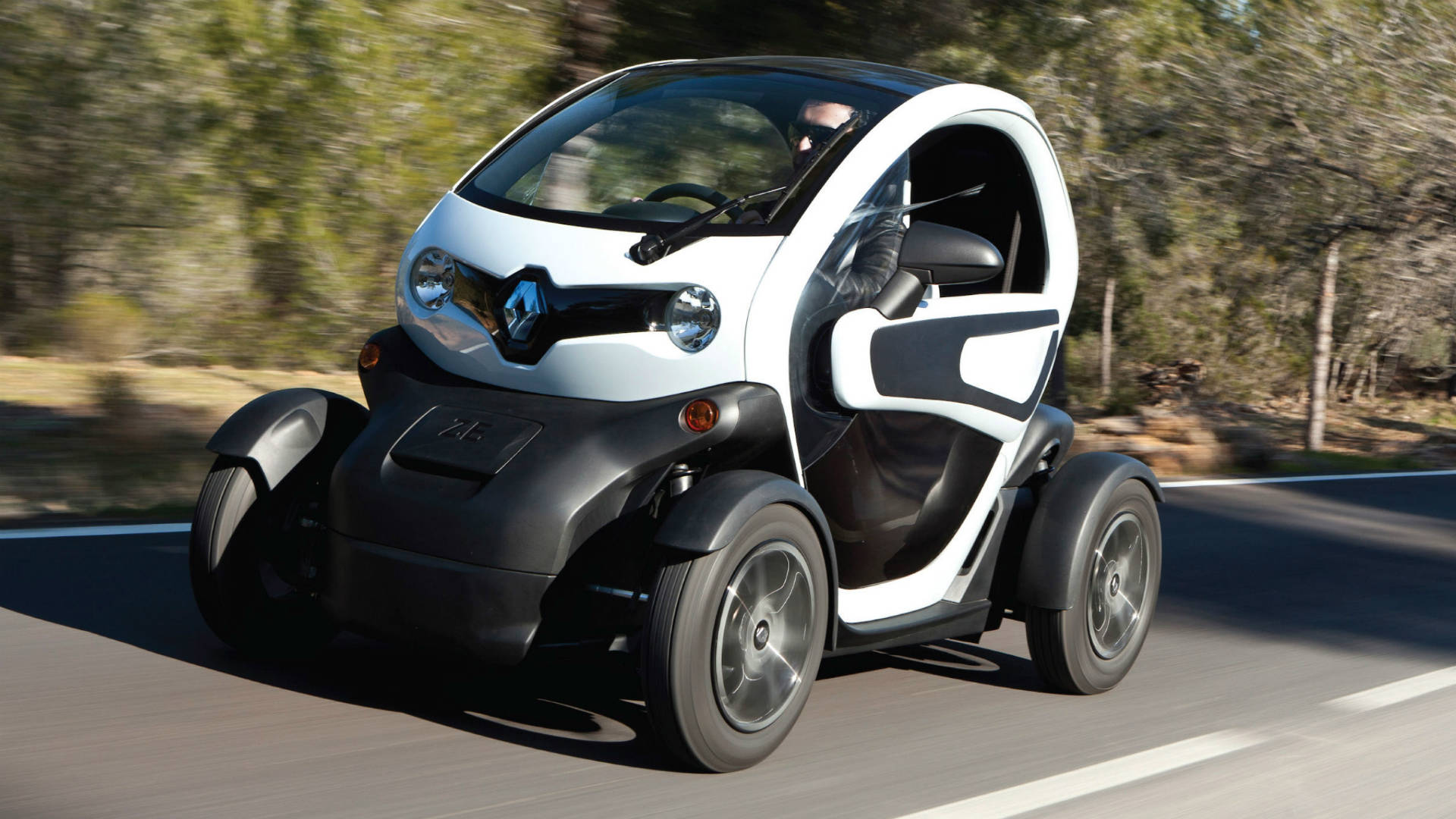
First seen as a concept at the 2009 Frankfurt Motor Show, the Renault Twizy remains the cheapest – and smallest – electric ‘car’ you can buy in 2020. Technically, it’s a quadricycle, packing a pair of seats that are open to the worst of the British weather. It’ll cover 62 miles on a single charge, which is ideal, because you’re unlikely to want to spend too much longer in the Twizy. Great fun in small doses, but the fact that it has no true rivals speaks volumes about the demand for such a vehicle.
Renault Twizy F1
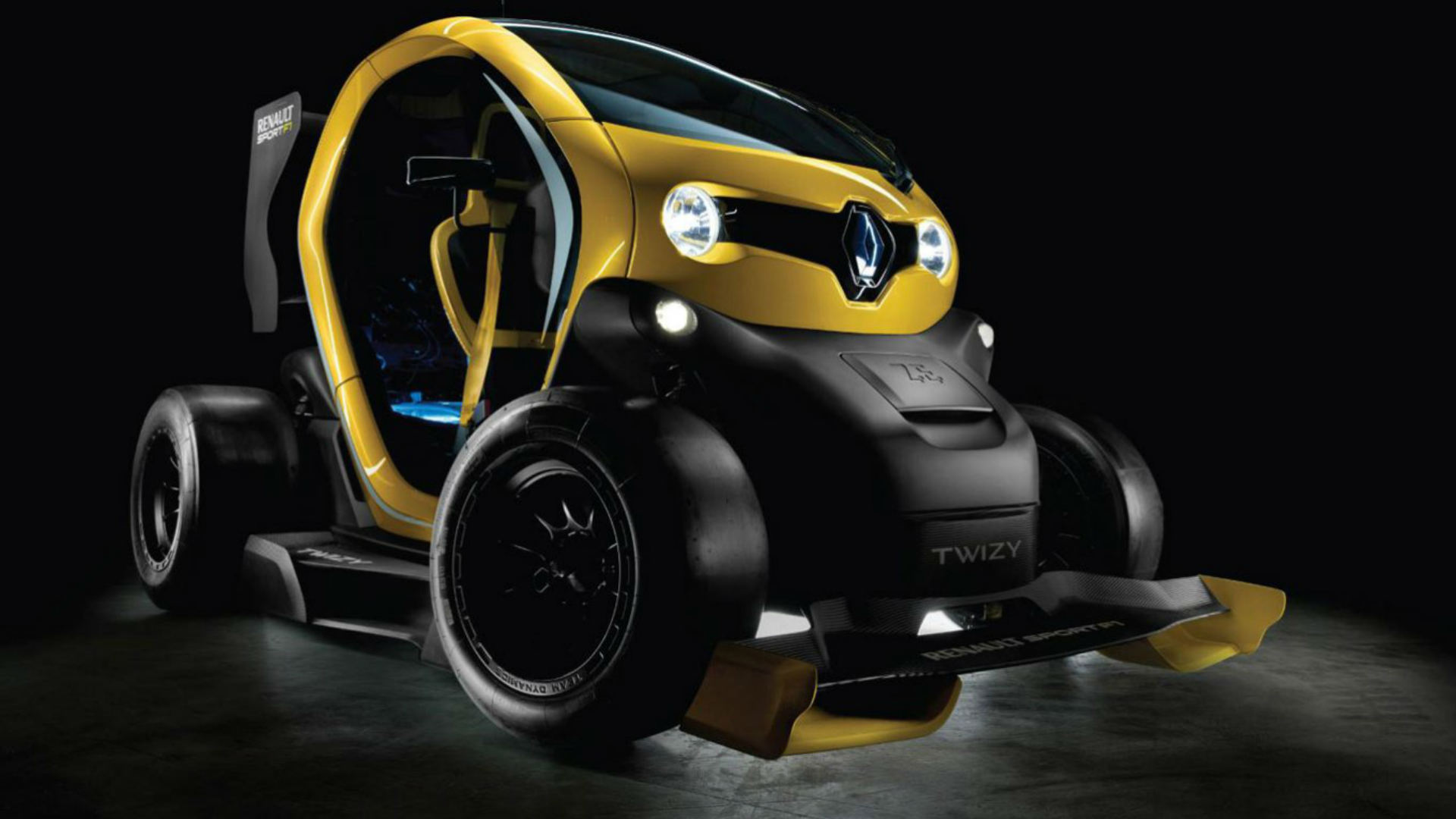
How much Renault Sport magic can you throw at a Renault Twizy? Enough, it turns out, to make something utterly bonkers. The headlines are compelling: a KERS unit derived from Renault Sport’s F1 experience, Michelin slick tyres from a single-seat racing car, plus a proper motorsport steering wheel from a Formula Renault 3.5 racer. It made a sound akin to an orchestra of electric mowers, Harrier Jump Jets and Dyson vacuum cleaners, while the acceleration was as scary as it was manic. We should know – we managed to bag a drive in the fun-size F1 car.
Renault Avantime
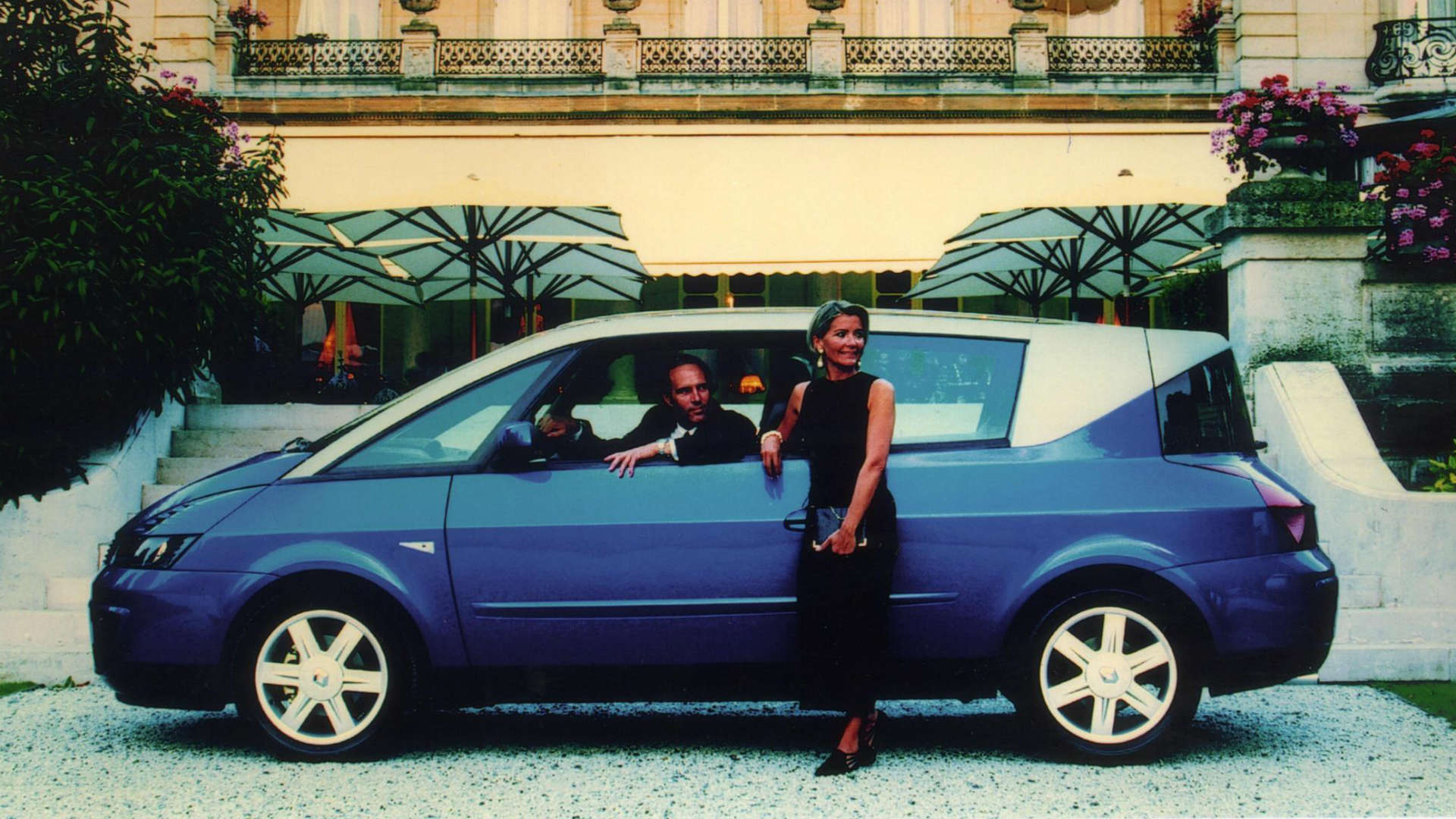
Renault has never been afraid to push boundaries. There comes a point, however, at which you must admit defeat and return to more conventional vehicles. Even with the benefit of hindsight, the Renault Avantime looks like a vision too far. In fact, it’s rather tricky to define. A coupe-like MPV with two heavy doors, frameless windows and limited rear space. The Avantime is a cult classic – and a guilty pleasure – but even its most ardent fans must admit that it was little more than an automotive folly.
Renault 5 Turbo
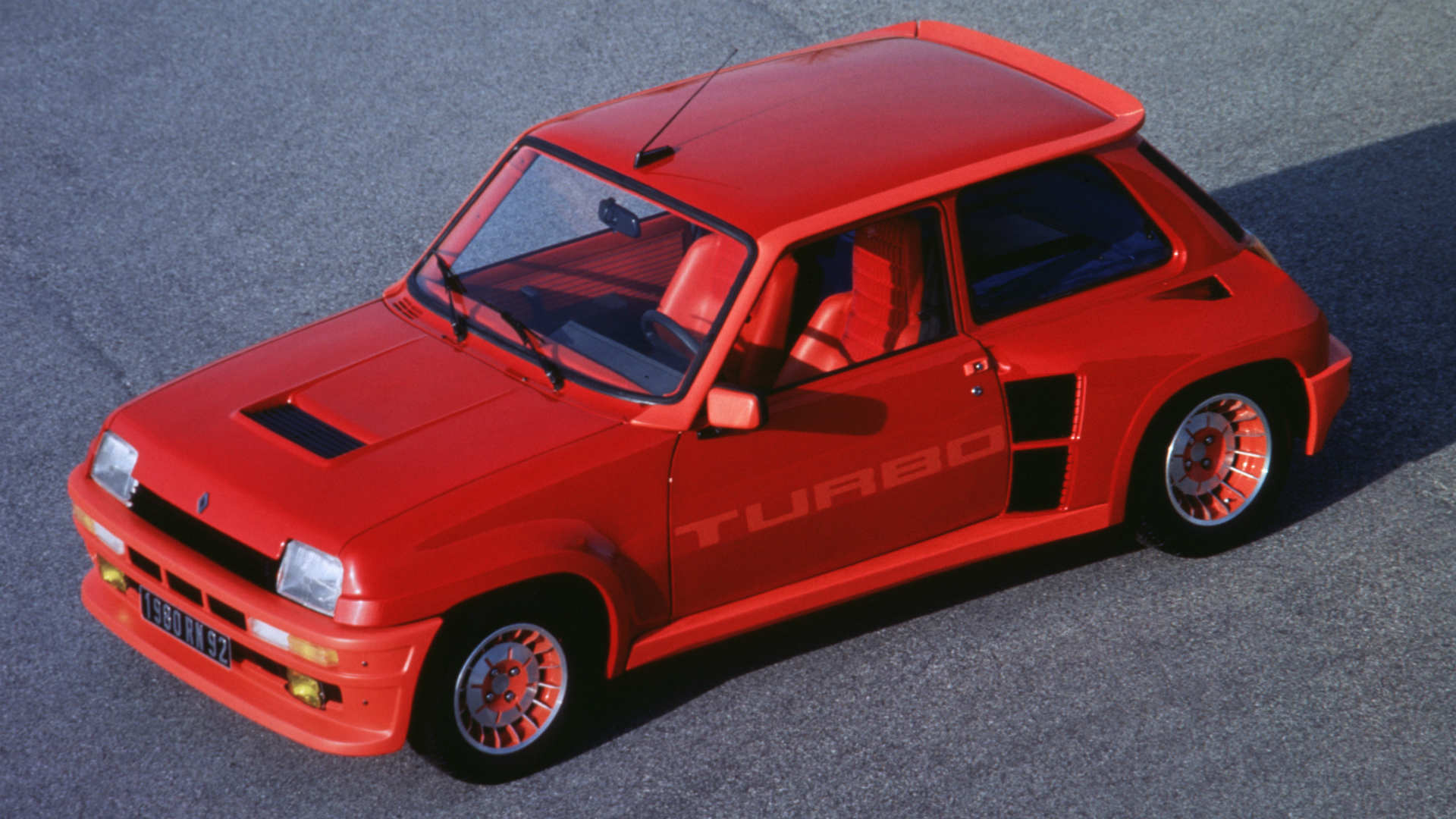
As one of the earliest examples of a supermini, the humble Renault 5 was a rather radical development. Launched in 1971, it was sold alongside the Renault 4, establishing a new audience for the company and going on to become France’s most widely sold model. But the most radical version was the 5 Turbo – a mid-engined and turbocharged homologation special, built using expensive bespoke parts and designed for world rallying.
Renault Sport Spider
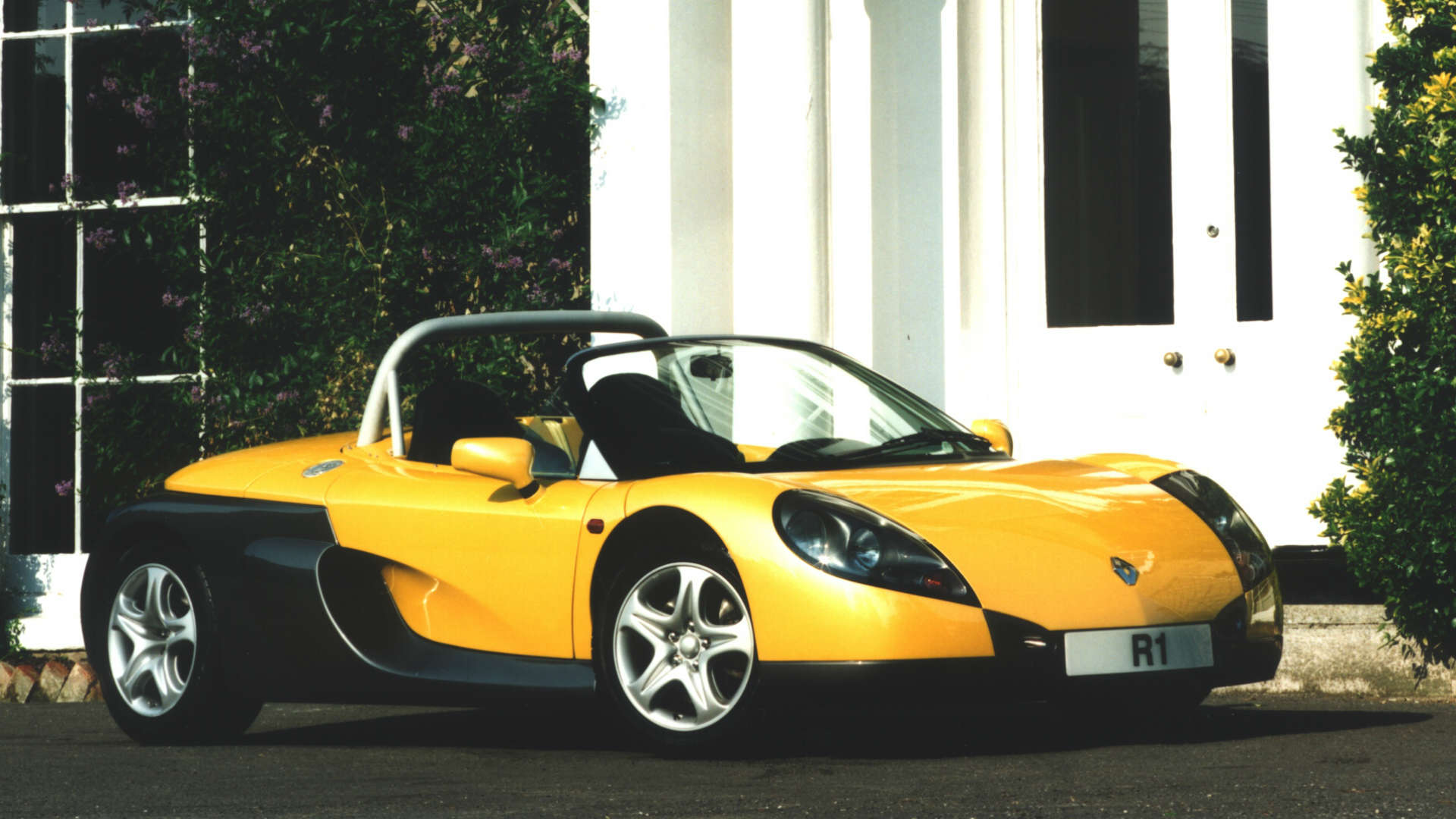
Often dismissed as the ‘French Elise’, the Renault Sport Spider actually arrived before the all-conquering Lotus. It was even more hardcore than the Elise – the windscreen and roof were optional. Power was sourced from the 2.0-litre engine found in the Clio Williams, while doors that rise upwards give it supercar levels of kerb appeal.
Renault Wind
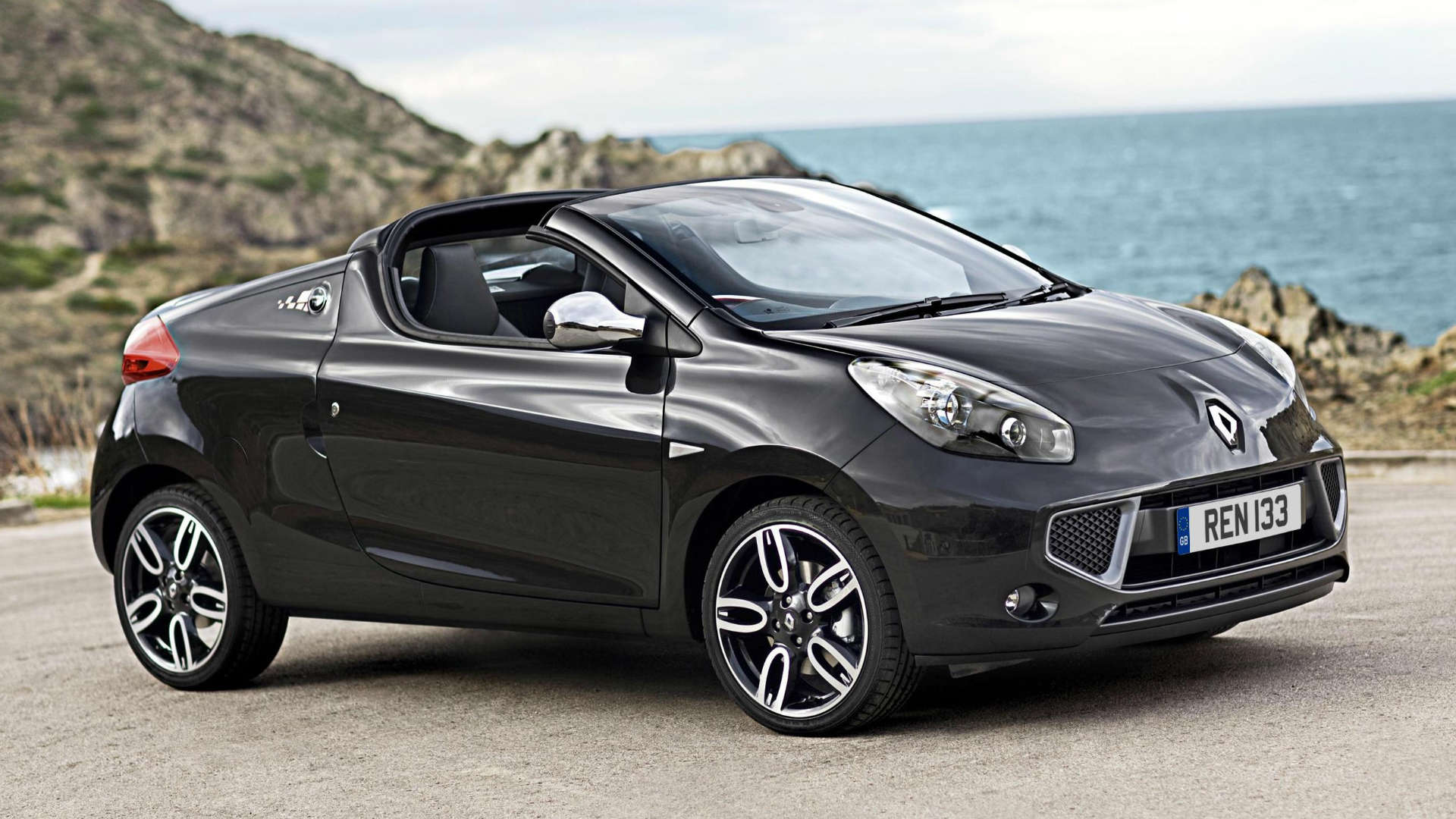
The Renault Wind: gone, and almost forgotten. Although it was based on the Twingo, Renault went to extraordinary lengths to make the Wind feel like a bespoke sports car. Every body panel was unique to the Wind, while the dashboard, centre console and door trims were new. Thanks to its low weight and Renault Sport suspension, it was also pretty good to drive. Yet it was a sales flop – Renault must have made a loss on every Wind it sold, certainly in the UK, where just 2,300 were sold. With a strong gust of wind behind it, the misunderstood Renault could have been a huge hit. Sadly, it flopped faster than a windsock in a light breeze.
Renault 4CV
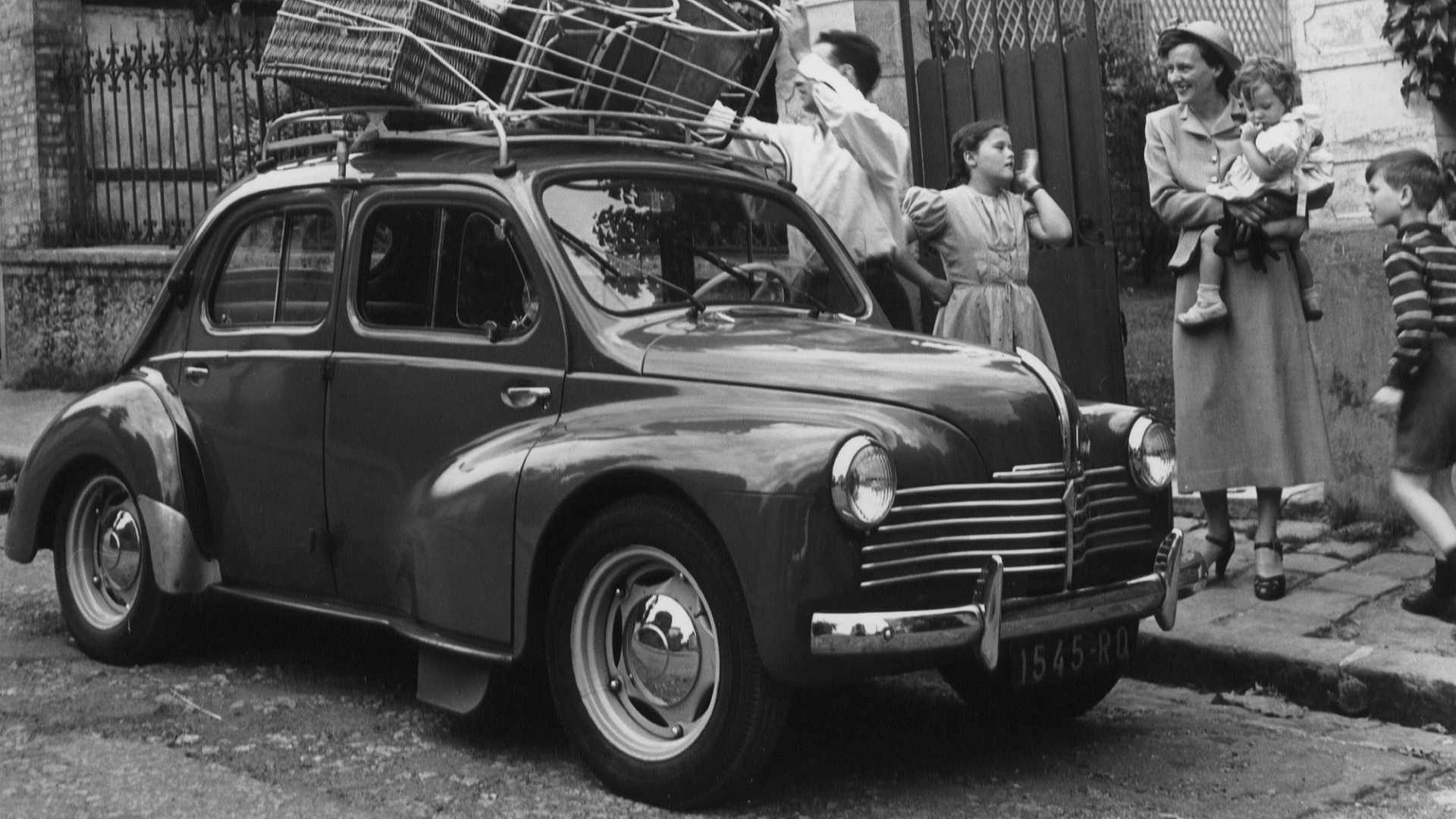
The Renault 4CV was the pick-me-up the French needed after the Second World War. It was, if you like, Renault’s answer to the Volkswagen Beetle, powered by a rear-mounted engine and helping to mobilise an entire nation. Launched in 1946, production continued until 1961, by which time the 4CV had spawned countless variations, including a convertible and a formidable sports model. Jean Rédélé used the 4CV as the basis for his Alpine racers, inspiring the creation of the illustrious manufacturer of the same name.
Renault 4
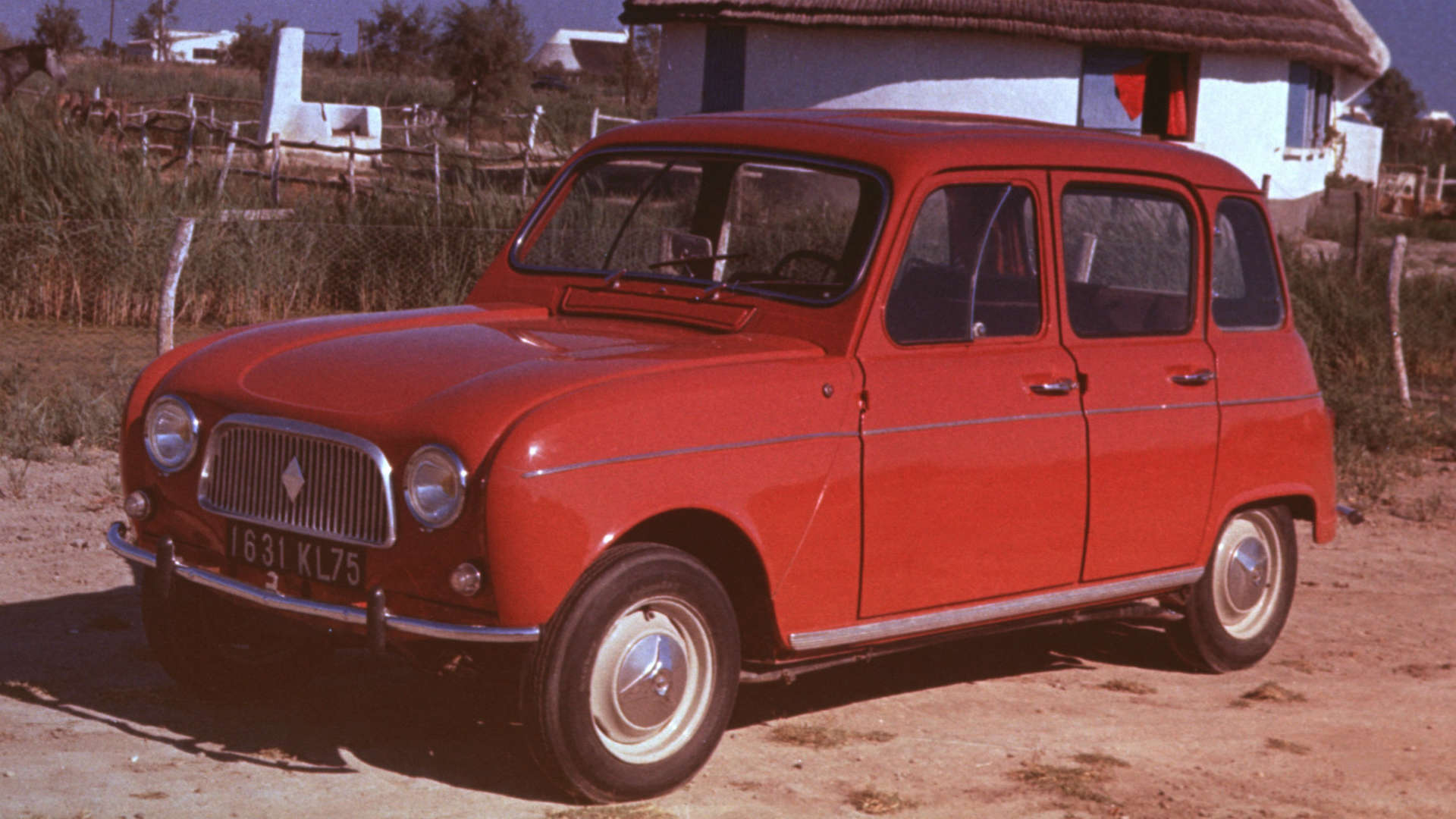
If the 4CV was Renault’s answer to the Volkswagen Beetle, this was its response to the Citroen 2CV. Whisper this, but the Renault 4 was superior to the 2CV, offering a more practical interior, a conventional driving experience and a huge tailgate, before huge tailgates were a thing. More than eight million Renault 4s were sold, making it one of Europe’s most successful cars.
Renault 16
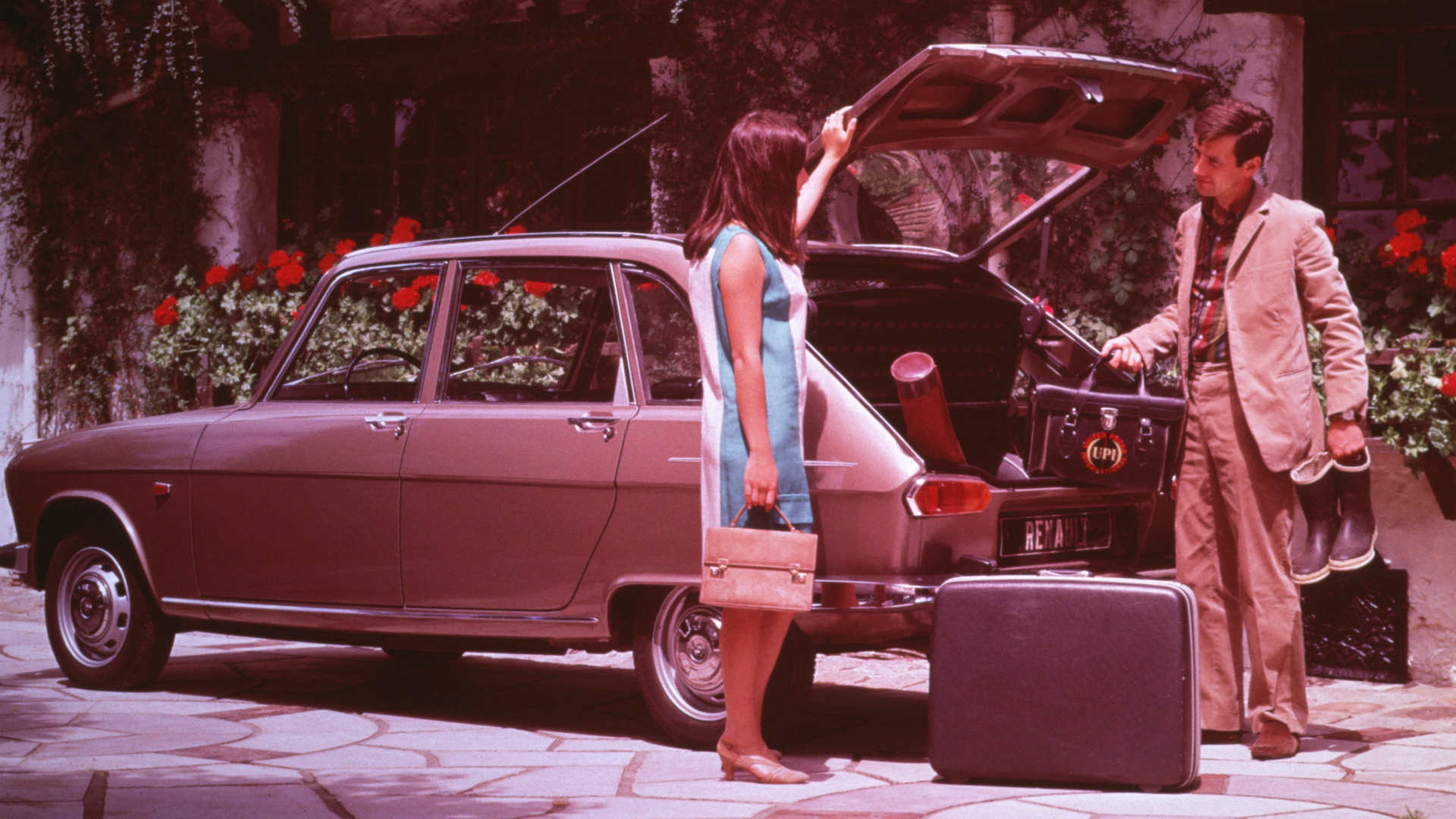
Talking about revolutions… The Renault 16 was a pioneering hatchback, introduced at a time when saloons ruled the highways and byways of Europe. Launched in 1965, the 16 was at least a decade ahead of the curve, pioneering the concept of a large, front-wheel-drive family hatch with the practicality of an estate car. One could even argue that the Renault 16 TX was a forerunner to the modern hot hatch.
Renault Twin’Run
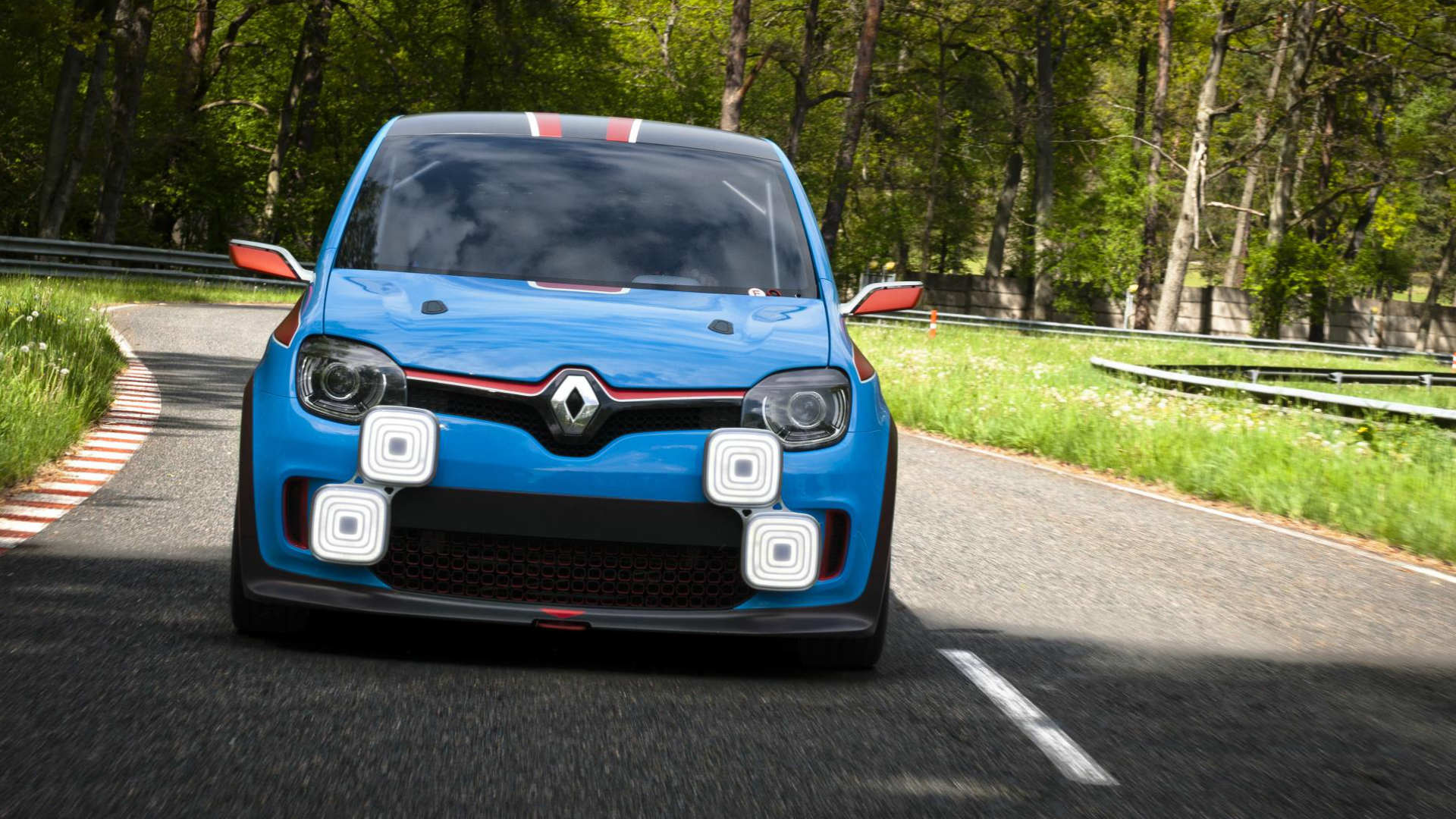
The Renault Twin’Run paid homage to the 5 Turbo and Clio V6, but unlike its forebears, this crazy Twingo never made it beyond the concept stage. Which is a shame, because the rear-wheel-drive Twin’Run was powered by the Megane Trophy’s 3.5-litre V6 engine, which was enough to give it a top speed of 155mph. The 0-62mph time was polished off in just 4.5 seconds. The Twin’Run is a new radical we hoped Renault would build.
Renault Type AK
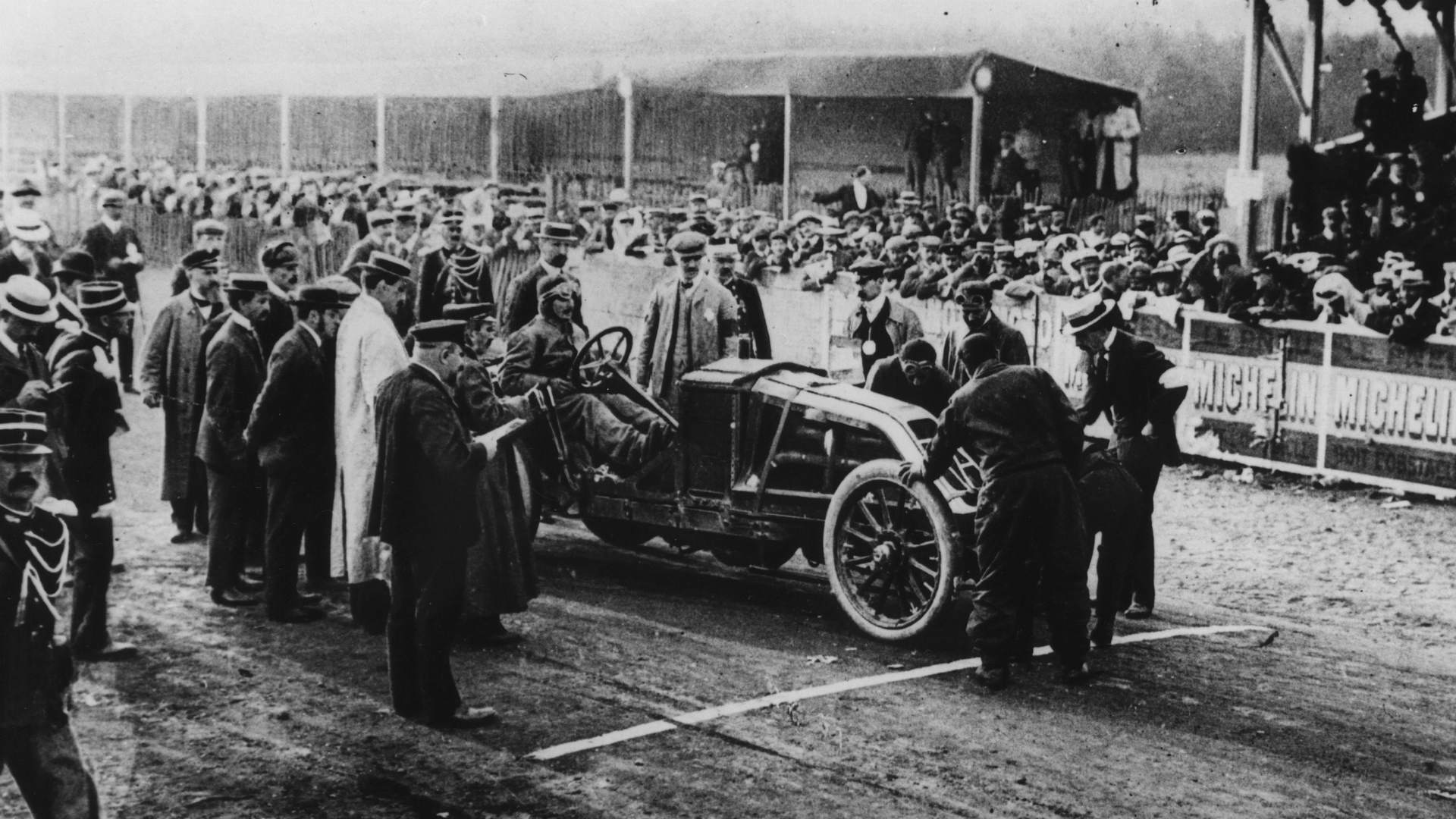
In 1906, France hosted the first Grand Prix. The 12-hour race took place on a closed public road circuit in Le Mans and was won by Hungarian Ferenc Szisz in a Renault AK. Since 1900, Szisz had been employed as an engineer and test pilot by Louis Renault, and this victory set the course for the company’s illustrious racing future. The Type AK featured turbocharging, pneumatic valves and exhaust blowing – all highly innovative for the period.
Renault 40CV NM
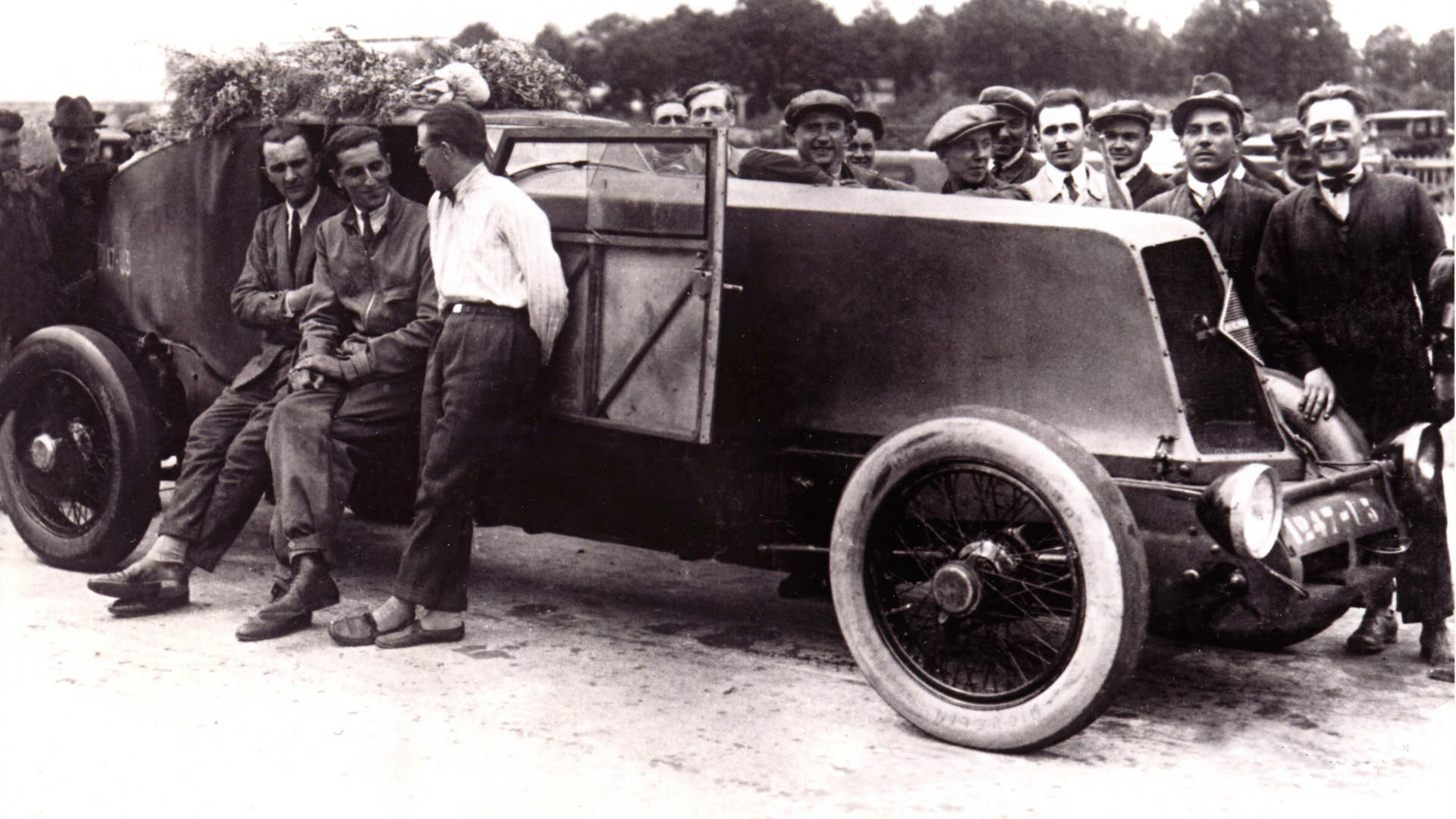
The Renault 40CV was built with one purpose: to set unbeatable land speed records. Powered by a 9.1-litre engine, the 40CV set a record at the Ile-de-France circuit, hitting an average speed of 110.9mph, before achieving a 24-hour record at 87.6mph. Later, with a more streamlined body and Renault’s first open radiator grille, the 40CV could hit speeds in excess of 120mph.
Renault Vel Satis
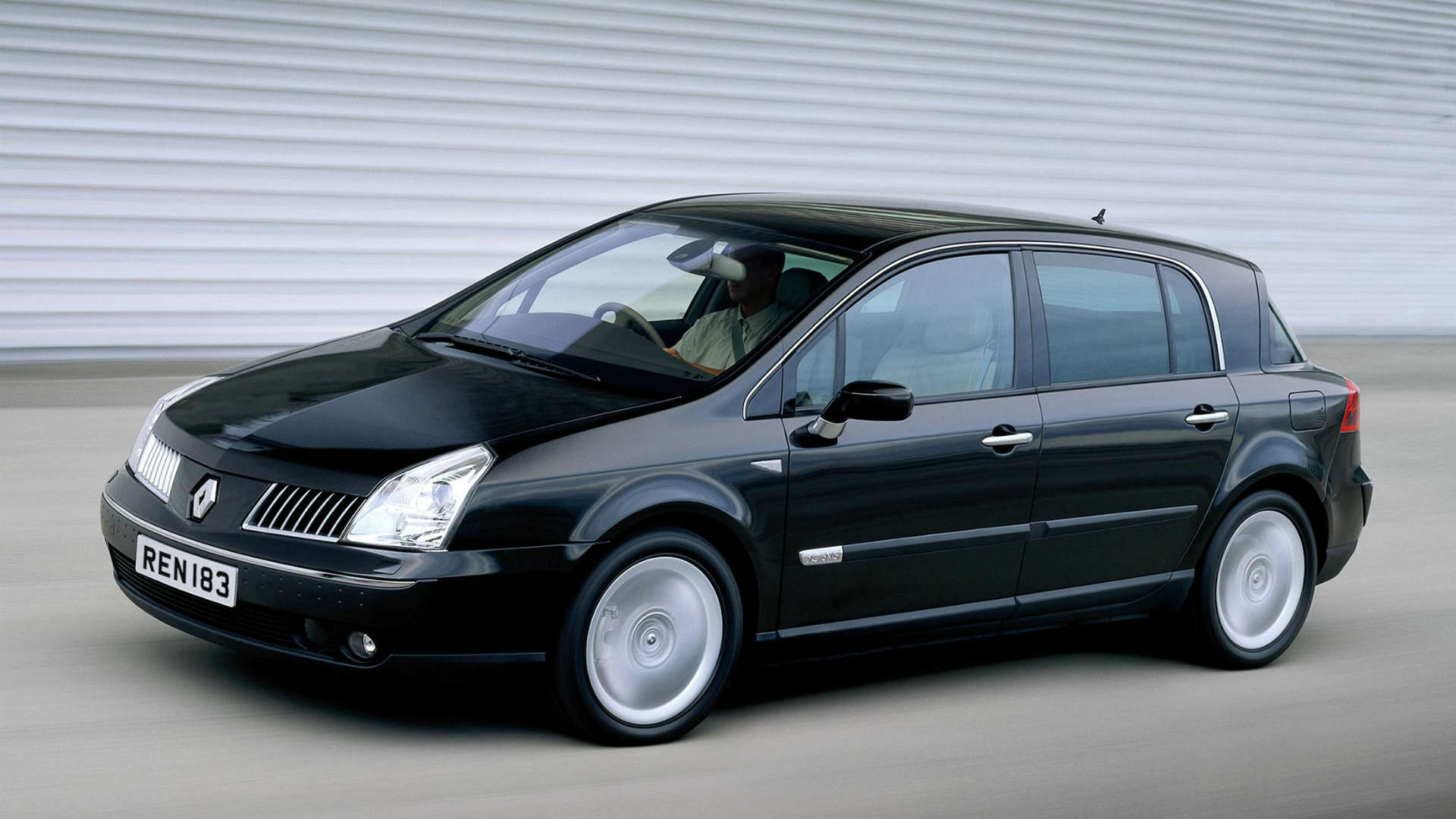
Another car from Renault’s crazy era. Which? labelled the Vel Satis “part large family hatchback, part MPV, part luxury express”, going on to claim that it was designed to be an upmarket version of the Laguna. There was one problem: the world didn’t want an upmarket Laguna. In fairness, the Vel Satis was comfortable, luxurious and well built, but only the French president truly appreciated it.
Renault Safrane Biturbo
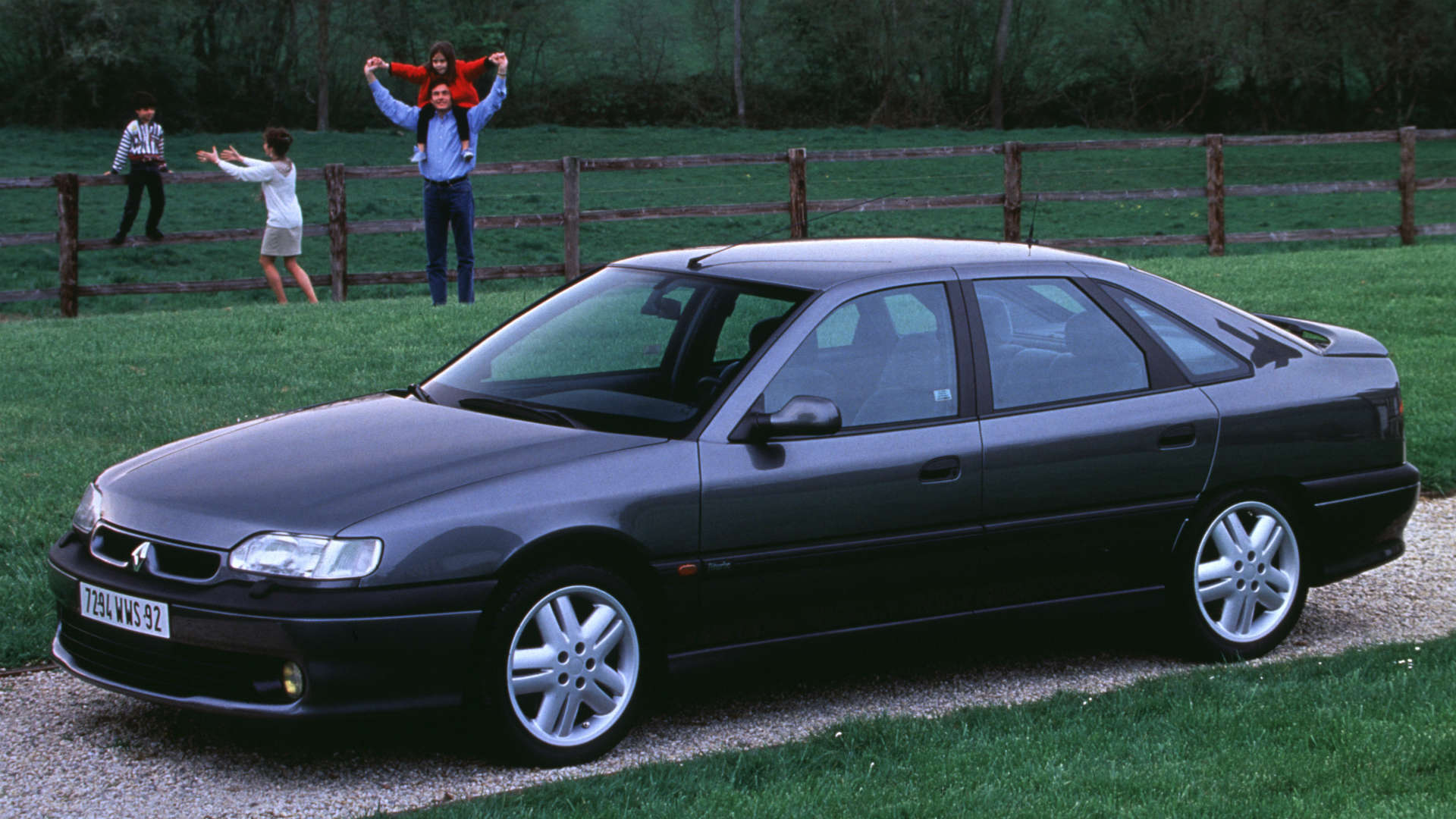
Renault has a habit of building cars nobody wants – or needs. The Safrane Biturbo is a good case in point. Renault sent the 3.0-litre V6 version of its wafty saloon to German tuners Hartge, where a pair of KKK turbochargers were installed to increase power to 268hp. This power was sent to the road via a Quadra all-wheel-drive system, with the Safrane also packing electronically adjustable shock absorbers. Finally, visual clout was applied courtesy of Irmscher. Nobody cared – just 806 Biturbos were built. Shame.
Renault Sport Megane R26.R
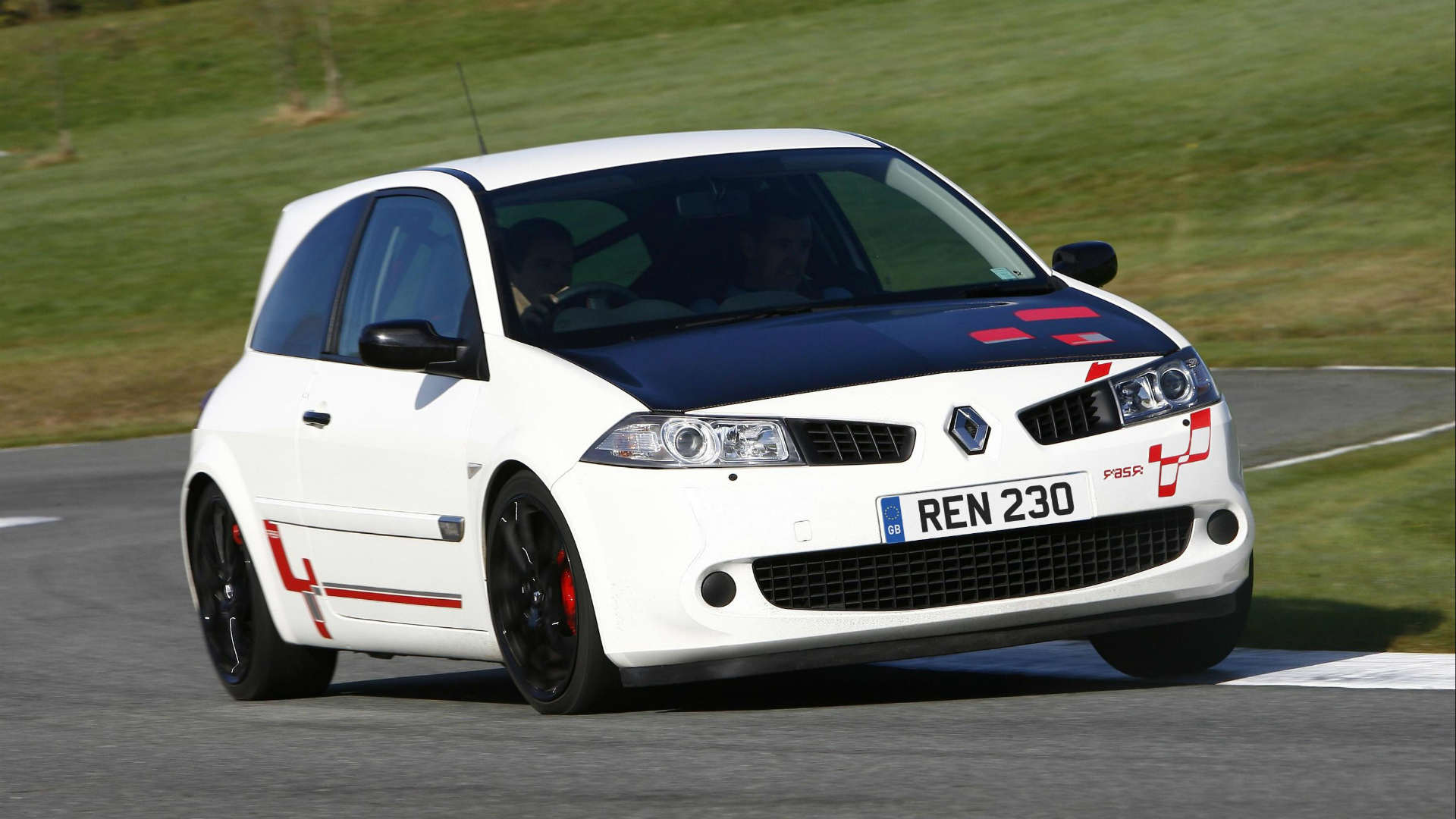
A decade on, the Renault Sport Megane R26.R remains one of the greatest hot hatches in the world. Pistonheads called it a ‘front-drive Porsche GT3’, which is a great way of saying ‘hardcore Megane’. All but the essentials were stripped away in the name of lightness – no rear seats, no passenger, side or curtain airbags, no climate control and no radio. Even the glass for the rear and side windows was ditched in favour of polycarbonate. The result: the ultimate hot hatch.
Renault 900
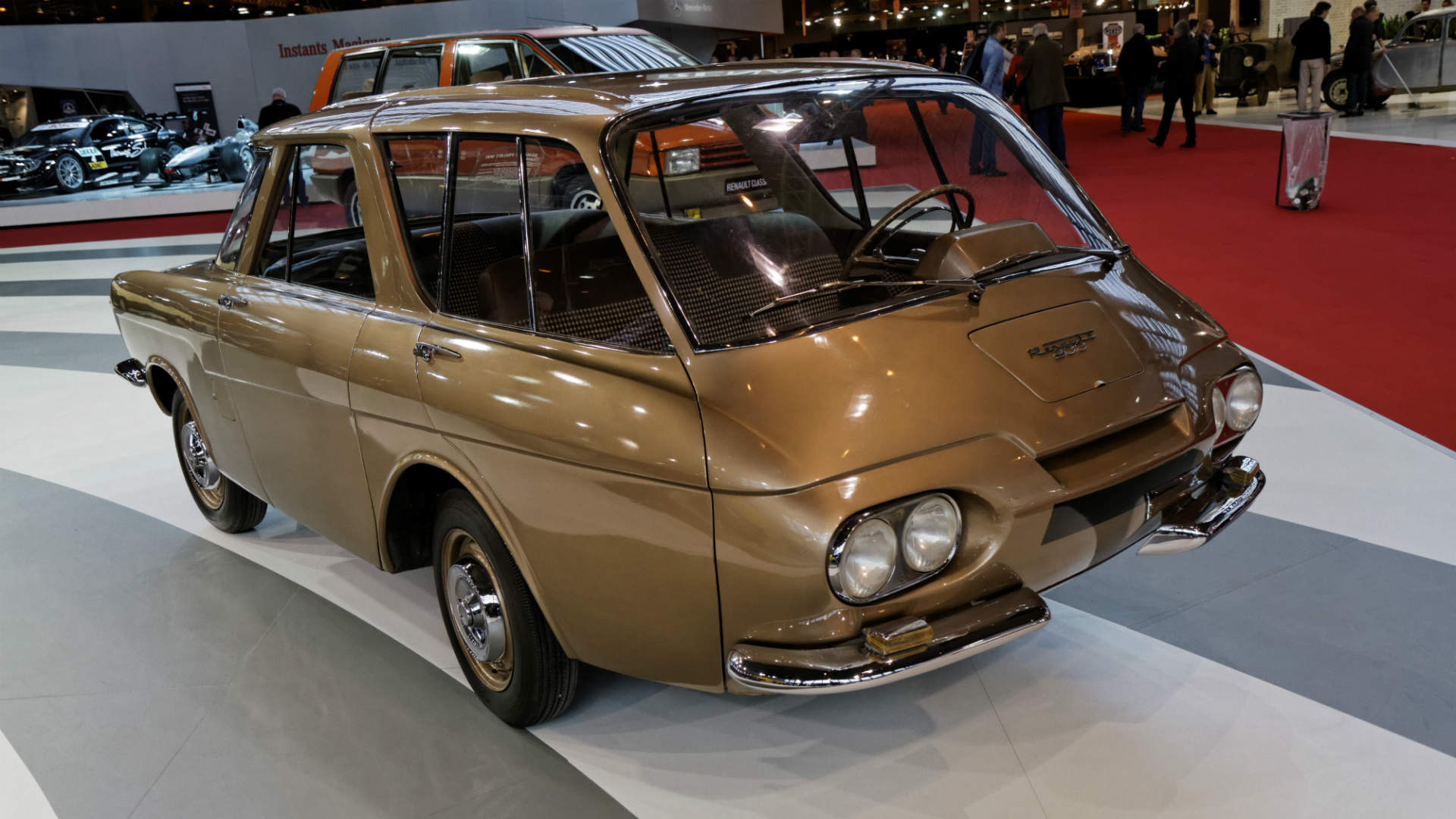
The Espace wasn’t Renault’s first attempt at a people carrier. Back in 1959, Renault unveiled the 900, in which the passengers faced backwards. Power was sourced from a pair of Dauphine engines to create a V8 powertrain, while Ghia handled the unusual body styling. There were two versions: one with a rear screen that tilted up to provide access to the boot, and another with rear seats that folded forward for the same purpose. With the benefit of hindsight, the Espace was a better way forward for family motoring.
Renault AG1
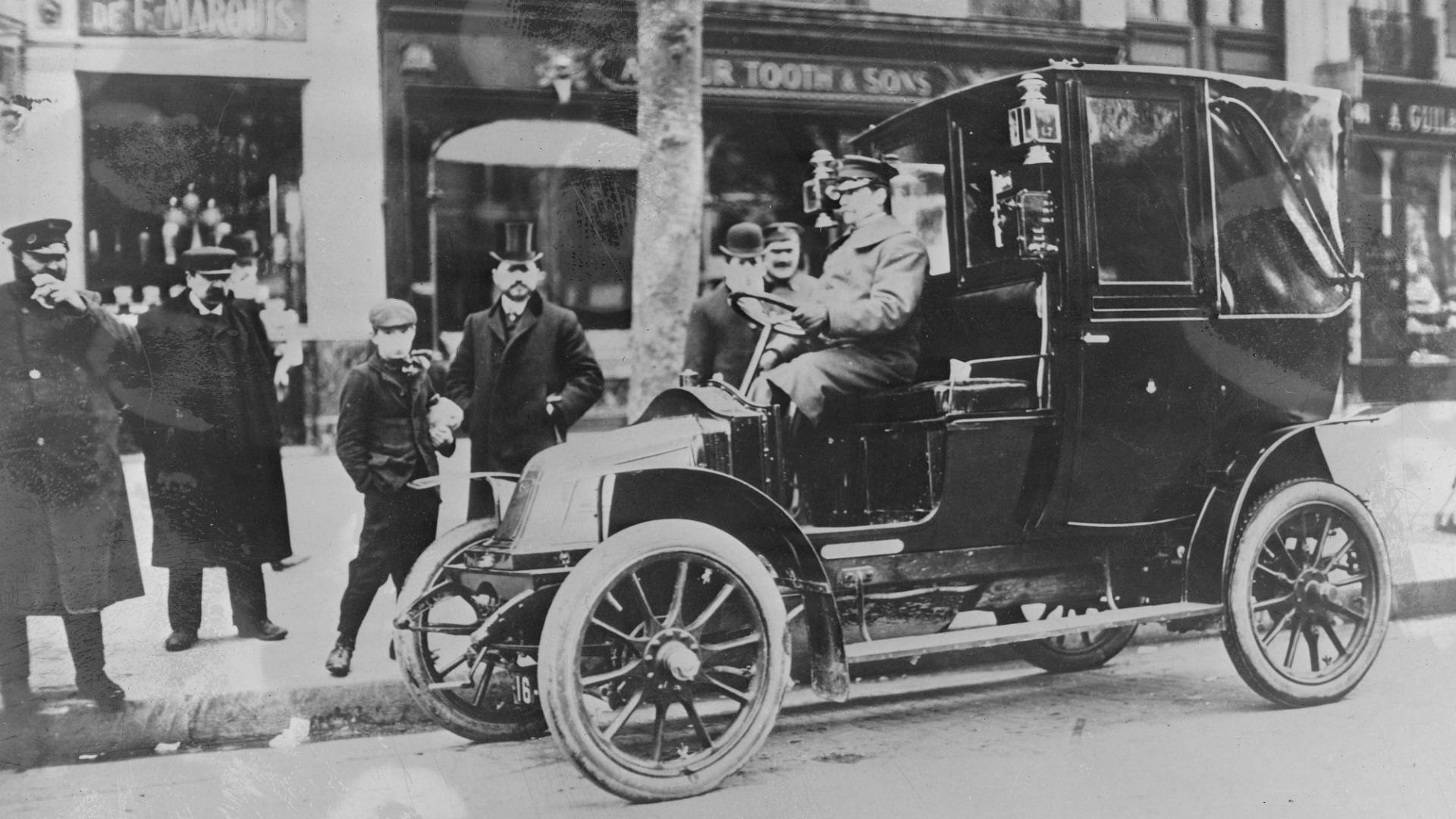
The Renault AG1 was the first Parisian taxi, securing its place in French motoring history. Passengers could enjoy fine weather thanks to its convertible-top cabin. The AG1 became known as ‘The Taxi of the Marne’ – a reference to its role in the First Word War, when it transported soldiers to the River Marne in order to reach the front line.
Renault Etoile Filante
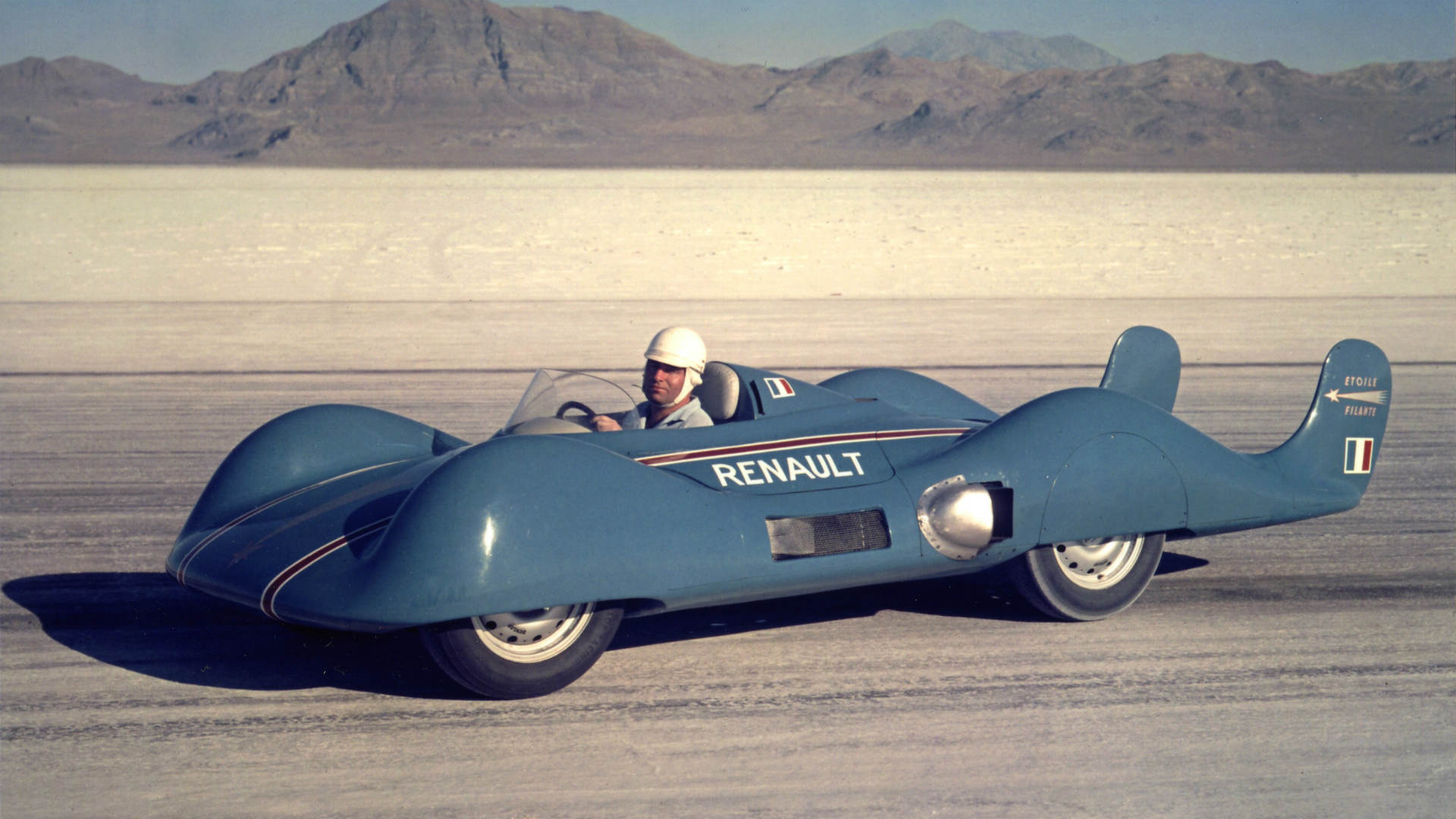
In 1956, Renault took the Etoile Filante to the Bonneville Salt Flats, where it hit an average 191mph over a kilometre and 192mph over 5km. Etoile Filante is French for shooting star – a fitting name for such a fast and record-breaking vehicle.
Renault Nervasport Des Records
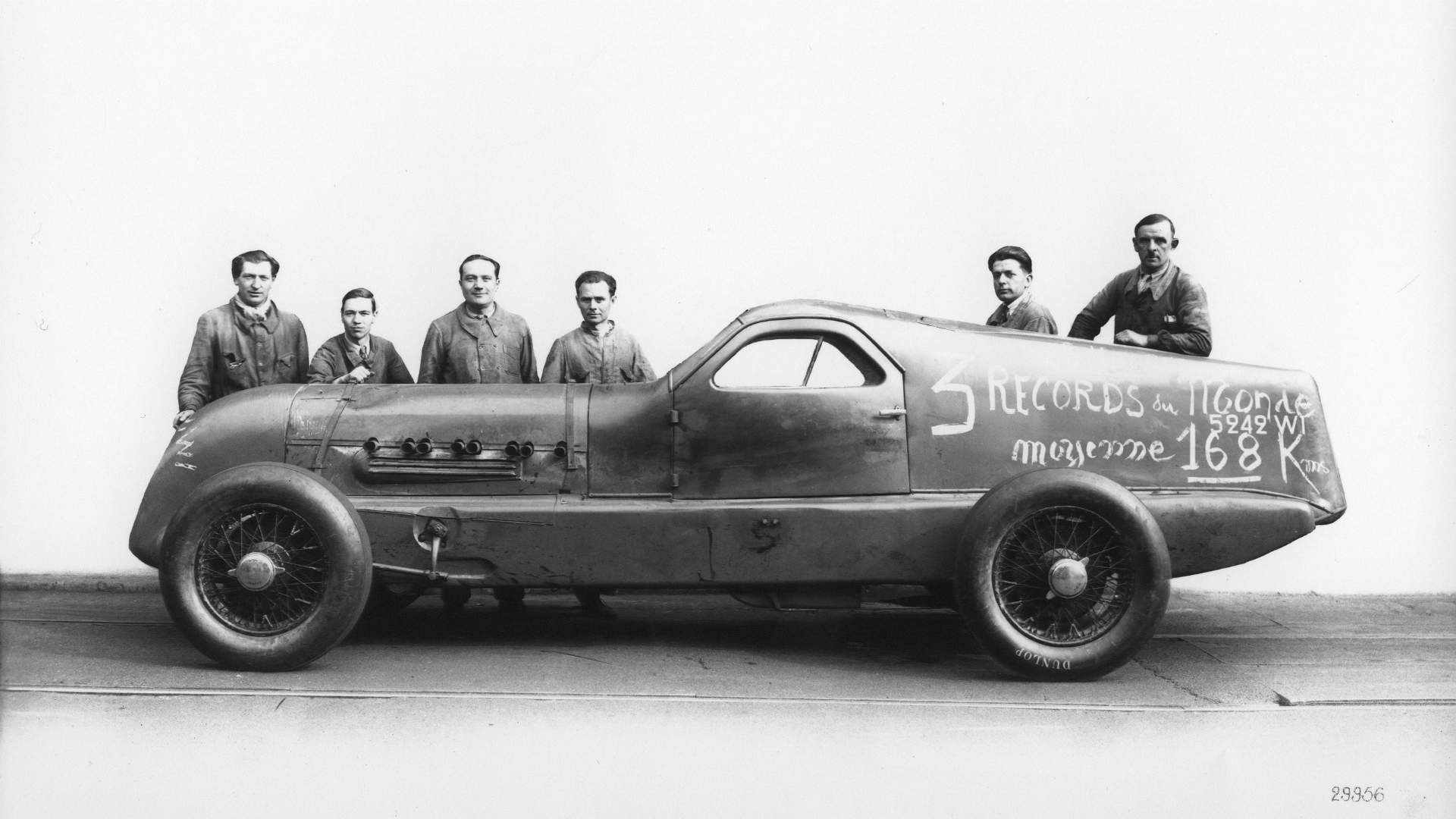
A decade or so after the 40CV, Louis Renault tasked his team with building another record-breaking car. The rules were simple: the engine would be from a standard production car, while the body would be supported by a wooden frame on a standard chassis, with the bodywork crafted by an aeronautical engineer. After 48 hours, three minutes and 14 seconds, the Nervasport crossed the finishing line at Montlhery, breaking nine international records and three world records.
Renault Twingo
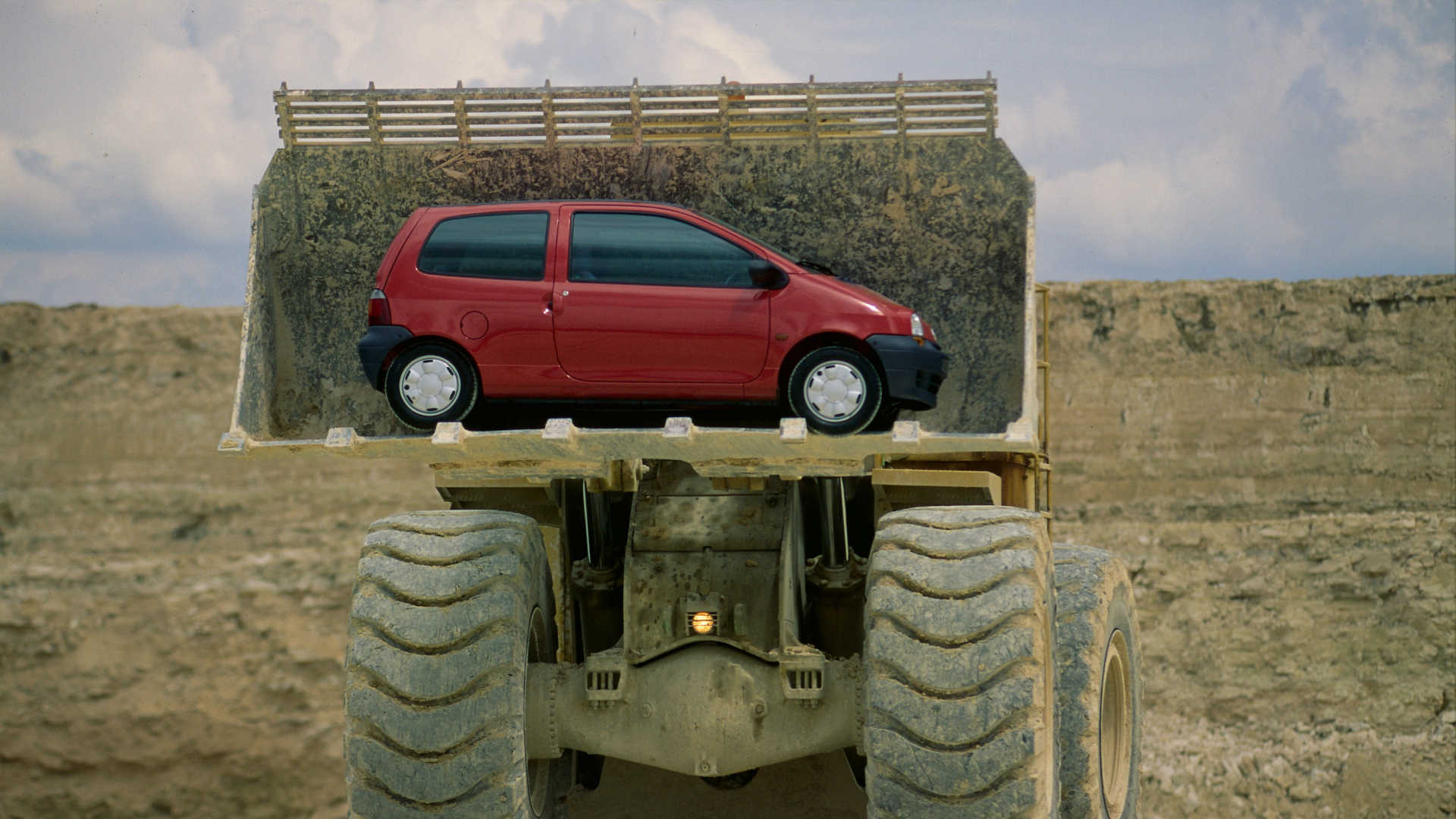
We could go on. There are countless concept cars, racing cars and pre-war vehicles highlighting Renault’s innovative approach to motoring. But we’ll conclude with the best Renault never sold in the UK – the original Twingo. It boasted a monobox design to deliver unrivalled levels of interior space, along with sliding rear seats, with all four seats folding down to create a double bed! Its cheery appearance helped it achieve sales of more than two million.



[…] from a facelift at the end of 2023, the already-brilliant Renault Clio is now good enough to challenge the Volkswagen Polo in terms of quality and the Ford Fiesta in […]